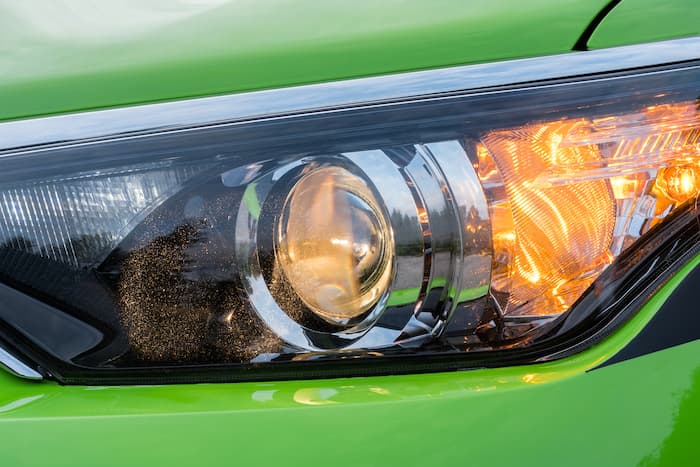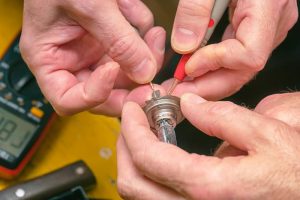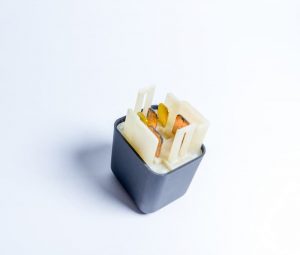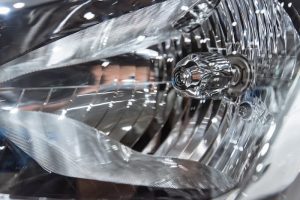Even though using headlights properly is straightforward, many drivers still disregard it. Using your headlights properly increases both your and other drivers’ safety. Remember that headlights serve the crucial purpose of increasing your visibility to other motorists and providing light for where you’re going. As a driver, it is your job to understand how and when to use each level of the headlights. To improve road visibility and reduce traffic accidents, ensure your settings are suitable for the weather and time of day you’re driving.
There are two settings for headlights: low beam and high beam. In normal driving situations, a low beam is preferred (e.g., cruising the city or traversing crowded streets). Low beams, sometimes called passing or dipped beams should typically be used when vision is less than 150 meters or when navigating narrow roads with other cars traveling no more than 60 meters in front of your vehicle.
When to use low beam headlights
Additionally, the following instances and circumstances call for the use of low beam lights:
- One hour before dawn and one hour following sunset (transition hours of day to night and vice versa)
- Crowded city streets at night
- Heavy snowfall or rain
When the conditions above exist, it is better to use dipped beams since they offer the precise level of brightness required at these times. They won’t blind oncoming car drivers because their short-range illumination disperses evenly in the air.
Driving during foggy circumstances is likewise best done with low rather than high beams. High beam headlights shine brightly and illuminate a long distance. Glare is produced when this type of light is reflected after failing to pass through the fog. High beams, often known as “primary beams,” are frequently utilized on motorways, byways, and other roads with little to no traffic. Either your dashboard or the left stalk toggle switch on your steering wheel houses the headlight controls.
Step by step to urn on low beam headlights
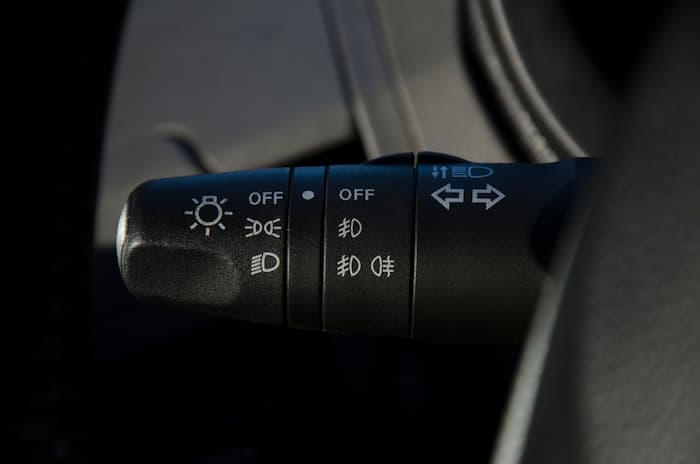
- Before driving, ensure your car’s headlamp modes are operating properly.
- Go over your light switches first, which are typically either on the dashboard or on a lever attached to the steering wheel’s back.
- The controls are frequently located on the latter in more recent cars.
- Having a friend help you test out the various modes of your headlights is ideal since doing so on your own might be challenging.
As you test out each option, ask your friend to stand in front of your car and watch the headlights. Park your car with the wall in your direction if no one is around to assist you.
Flash each headlamp setting on the wall to see how bright it is when it is reflected; also,
Note the angle of the light.
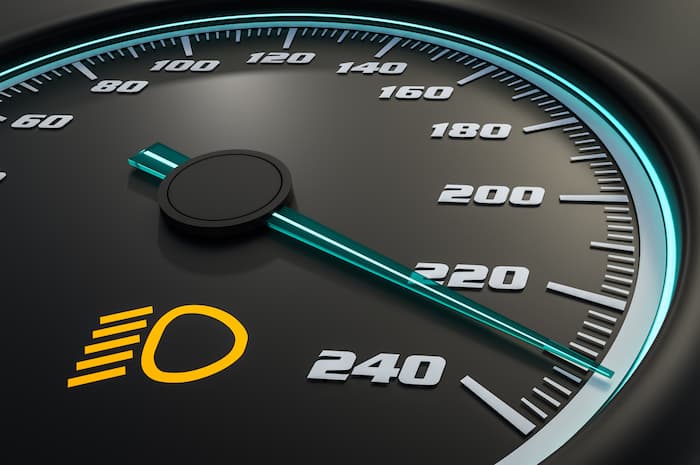
Point the toggle switch or the dial to the word “off” or a no-fill circle symbol to ensure your headlights are turned off. The low beam icon, which resembles a letter “D” with slanting lines on the flat side of the D sign, is typically located right next to the off-position symbol. Direct your switch to the low beam icon to activate your dipped beam headlights. If after switching to low beam and it doesn’t illuminate, you would need to fix your car’s low beam headlight.
Furthermore, you can choose high beam headlights by pressing and pulling the turn signal lever. In conclusion, when road visibility is generally poor, use low beams. Only use high beam headlights on highways or during severe bad weather. Additionally, you should always check that your headlights are in excellent condition. If they aren’t, the beam emitting from the headlights won’t be bright enough. So, to brighten your headlight beam, restore the lenses using a headlight restoration kit.

